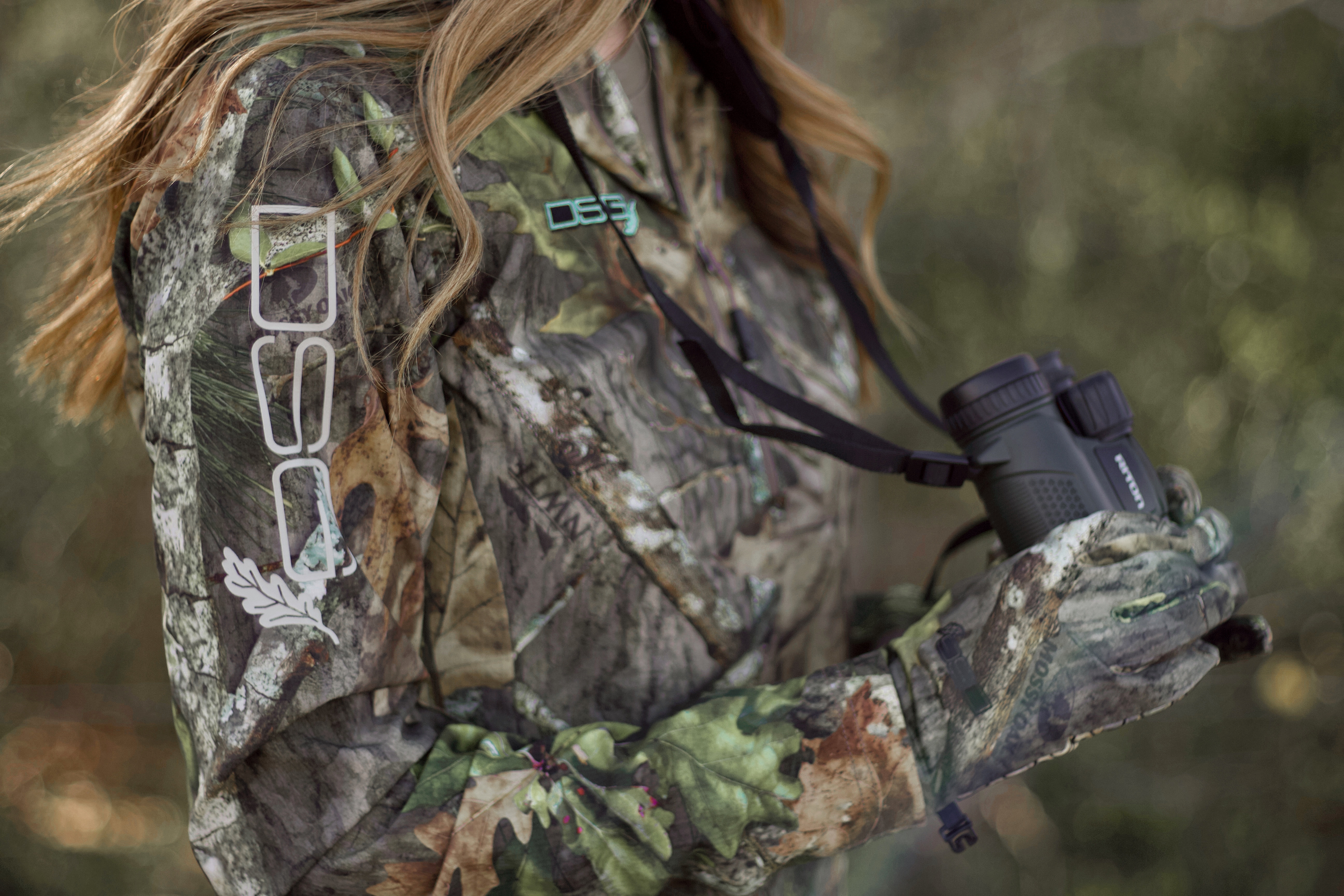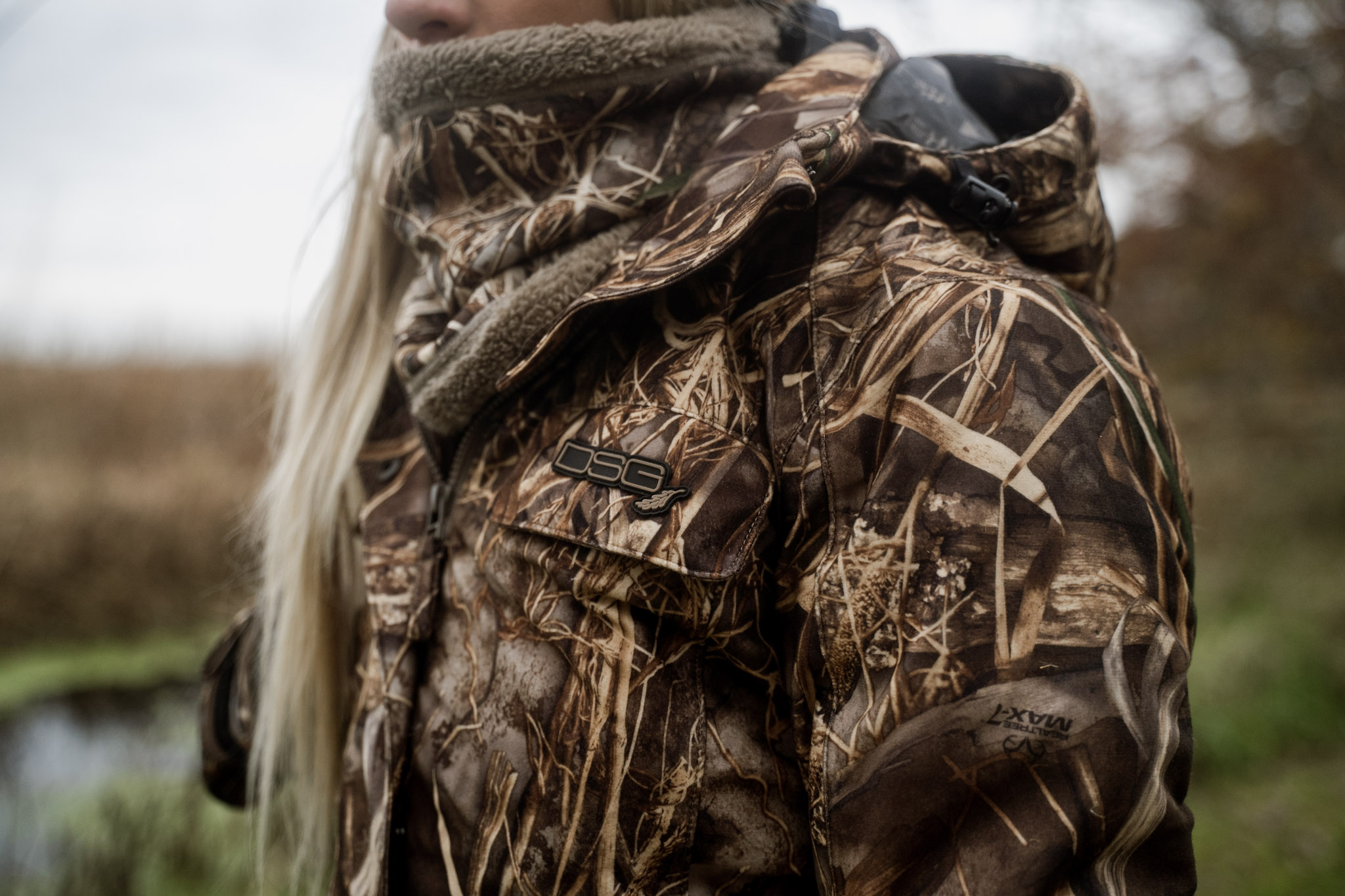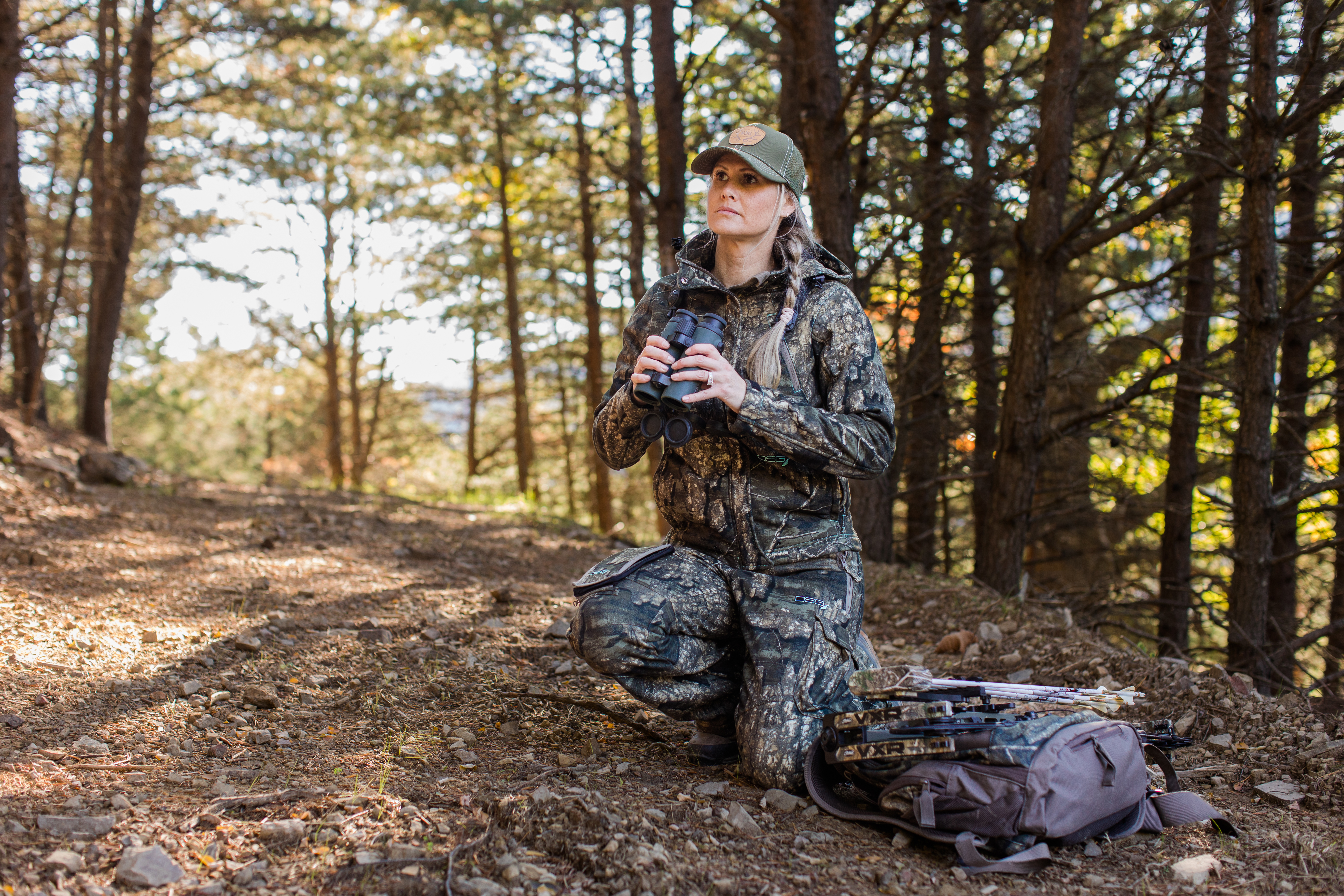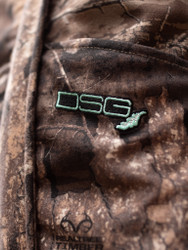Selecting Your Camo
Posted by Samantha Simma on Apr 23rd 2019
The variability of hunting scenarios has resulted in an overwhelming array of camouflage patterns. So how do you choose your camouflage hunting apparel? Your hunting region and species of prey are huge indicators of what type of camouflage you should utilize, but we take this opportunity to explain the various types of camo and help you narrow down the options.
The goal of camouflage hunting apparel is to conceal or break up the human silhouette. Just has humans rely heavily on their senses for hunting, our prey utilizes those same senses to spot potential threats. Of all the senses, both predator and prey rely heavily on sight. Over the years, camouflage technology has greatly progressed. Early camo patterns depended on varying shades of black and green. Today, patterns are incorporating high-definition images of limbs, leaves, brush and other natural foliage elements.

Many DSG Outerwear favorites, including the Bexley 3.0 Ripstop Tech Shirt, are now available in Mossy Oak® Obsession®
Types of camouflage
Mimicry: Just like the name indicates, mimicry camo strives to mimic the hunter’s surroundings. Realtree and Mossy Oak dominate this category of patterns, with the licensing to own and control these arrangements that incorporate native trees and brush.
Breakup: With a name that’s similarly indicative of its purpose, breakup camo aims to break up the outline of a human silhouette in an otherwise natural setting. Sitka and Under Armour have curbed the market on these patterns, also known as digital camo. In this case, there are several colors and shapes that are utilized in the patterns, but not necessarily natural elements.
3D: Real 3D camouflage is a cumbersome, last-resort method of camouflage in the modern age of hunting and stalking prey. This type of camouflage involves physically incorporating elements of texture and volume to your clothing. Most commonly, this will involve grasses, but these items make the clothing prone to getting stuck on brush and making movement difficult.
Terrain
Keep in mind that your hunting setting will vary by regional location and seasonal changes. Colors and textures of your region can vary drastically in just a few short months, and winter’s snow transforms the landscape you’re attempting to blend into.
Woodlands: Wooded areas provide a greater contrast in colors and textures. The patterns that support this type of hunting have tighter imagery, with greenery and leaves for early season hunts, versus brown leaves and bare branches for late fall and spring.
Brush: These areas are more often found in Western regions. There’s less natural obstructions in these areas, so you’ll be trying to blend in with dirt, rock and prairie grasses.
Marshes: Swamps, wetlands and marshes are characterized by tall grasses, reeds, corn stalks and cattails. More all-purpose camo patterns will stand out against these elements.

The Realtree Max-7® pattern is a favorite among waterfowl hunters, as it really helps outerwear like the Kylie 5.0 3-in-1 Jacket blend in with marsh areas.
Snow: It’s difficult to not stand out against a crisp, shiny field of white snow. Winter camo, however, will incorporate dark leaves and sticks to break up your appearance. In areas that aren’t fully blanketed with snow, this camo can be incorporated with other camo patterns, like if you’re leaning up against a tree on the edge of a snowy field.
Prey
Not all types of prey have stellar eyesight. Some are sharper than others. For the others, movement sticks out more than color and shape, and they’ll also be relying on their hearing and sense of smell to detect danger. Don’t overlook these elements in your hunting preparation.
Waterfowl: Ducks can see colors. Make sure your camo incorporates the yellow hues of grasses and reeds that accompany swamps, marshes and other wetland areas.
Turkey: Opt for camo with lots of shades of green and shadows. Turkeys have great eyesight, making it important to conceal entirely, including the shiny skin of your hands and face.
Big game: Deer and other big game have limited color perceptions. However, your silhouette is still easily identified because their ability to test motion is so top-notch. Many areas of big game hunting require wearing blaze orange or pink. These rules will not reveal you to your prey, but will increase your safety.

A unique feature of the Ava 2.0 Softshell Hunting Pant, featured here in Realtree Timber®, is the cell phone pouch on the right thigh.
It is a varied vegetative world out there, and hunting occurs in a vast number of regions and seasons. Embrace these elements with your camo selection. The wrong camo patterns can have the opposite of its intended effect–making you stand out against your natural surroundings. Consider where you will be hunting, and the natural elements of that area: coniferous trees, croplands, wetlands, arid terrain, river bottoms, hard woods, rocky hillsides, etc. When choosing your camo, know what the pattern was designed for, as most have specific intentions for the pattern.
The DSG hunting gear utilizes numerous hunting patterns:
Mossy Oak® Bottomland®: Bottomland is Mossy Oak’s original camo pattern created by Toxey Haas 30 years ago, now with digitally enhanced natural bark elements for ultimate effectiveness in the hardwoods, treestands and flooded timber environments.
Mossy Oak® Country DNA™: Country DNA features the most photo-realistic elements in the history of camo design, combined with a subtle connection to the original Bottomland pattern.
Mossy Oak® Obsession®: The most popular and proven lethal pattern to head into the spring woods. Obsession was developed for turkey hunters to provide both concealment for the hunt and support for the resource through a partnership with the NWTF.
Realtree Edge®: This pattern blends large open areas with small and large limbs, increasing its effectiveness across numerous habitats and seasons. The design is versatile enough to be effective through the leaf change from fall through winter, and then again in early spring before things green up. Tree trunks, limbs, a range of leaf types and colors, as well as the open areas, make the pattern blend into your environment at close range while disrupting your form at a distance. Warm, natural colors capitalize on an already remarkable printed rendition of 3D textures.
Realtree Excape™: Purposefully unstructured, this camouflage pattern mimics natural elements experienced by western big game hunters. With the ability to disguise the human form at distances from 400 to 20 yards or closer, multiple camouflage techniques are utilized in this design and the result is a truly revolutionary camouflage pattern.
Realtree Max-7®: With waterfowlers in mind, this pattern is filled with cattails, reeds, cane, and grasses to best blend in with flooded marshes. Plus, corn, wheat, oat, and sunflower elements contribute to your camouflage capabilities in open fields. Finally, branches, twigs and leaves make this pattern also work in flooded timber. The elements within the pattern are strategically placed to achieve incredibly realistic tone, contrast, and shadows.
Realtree Timber®: For this pattern, Realtree combined abstract design with realistic natural elements for remarkable camouflage effectiveness. It adapts seamlessly to waterfowling scenarios, yet is universal enough to work in a variety of hunting situations.
TrueTimber Strata: This tactical pattern incorporates macro and micro camo schemes to effectively break up the human outline at all distances. The micro design elements all hunters to melt into the surrounding terrain at close range. High versatile, this pattern is effective in a variety of settings, including open country in the west and mixed forests in the south.

